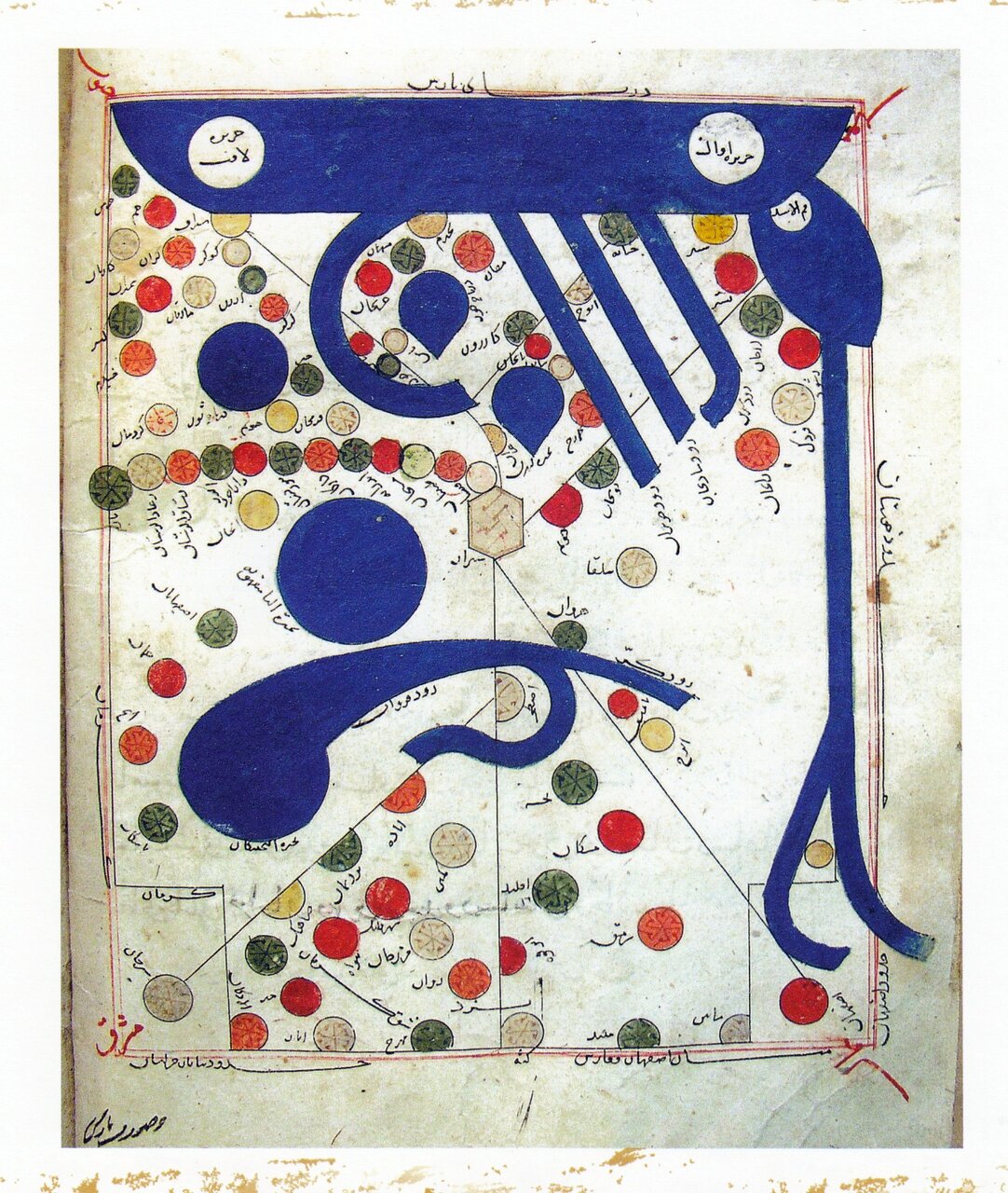Echoes of the past: The Book of Routes and Realms

The Book of Routes and Realms (Kitāb al-Masālik wa al-Mamālik) by Ibrāhīm al-Iṣṭakhrī is one of the most important and renowned works in the field of geography.
Al-Iṣṭakhrī wrote this book in the 4th century AH (10th century CE) in Arabic. In this work, he describes the lands of the Islamic world, dividing them into twenty regions based on their size.
Abū Isḥāq Ibrāhīm ibn Muḥammad al-Fārisī al-Iṣṭakhrī, also known as al-Karkhī, was a famous geographer of the 4th century AH (10th century CE) and a native of Istakhr (Persepolis) in the Fars province. He is considered one of the founders of geographical studies in the Islamic world.
The manuscript held at the National Museum of Iran is one of the oldest surviving texts from the Seljuk period and the most complete translated version of Kitāb al-Masālik wa al-Mamālik. This book was most likely translated into Persian under the same title (Masālik va Mamālik) in the 5th or 6th century AH. Later, in 726 AH, Abū al-Maḥāsin Muḥammad ibn Saʿd ibn Muḥammad al-Nakhjawānī, known as Ibn Sāwjī, transcribed it in Isfahan in naskh script on government-issued paper (kāghaz-e Dowlatābādī), spanning 275 pages. The manuscript contains 13 gilded and ornamented headpieces, 20 colored maps, and 2 black-and-white maps. Its binding is cardboard covered with tīmāj leather and has a flap. The front cover features a gilded embossed tarang (medallion) design.
The manuscript of the Persian translation of Masālik va Mamālik is preserved at the National Museum of Iran, Museum of Islamic Archaeology and Art, under inventory number 3515. This valuable work is noteworthy for its scholarly content, its significance in Persian prose, and its hand-drawn colored maps, making it an important reference for study. In 2008 CE (1387 SH), upon the recommendation of the Islamic Republic of Iran, this precious work was registered under No. 1005 in the UNESCO Memory of the World Committee’s national list.
In Masālik va Mamālik, al-Iṣṭakhrī provides detailed descriptions of various countries and regions, including distances, boundaries, valuable commercial products, industries, the conditions of different peoples, and historical monuments such as fortresses and fire temples. The most extensive section of the book is dedicated to the land of Persia (Iran). In this manuscript, the map of the Persian Gulf is titled "Ṣūrat Baḥr Fārs" (Image of the Persian Sea), and the map of Iran is titled "Ṣūrat Bārs" (Image of Persia), both rendered in color. It is worth noting that the word "ṣūra" (image) in this book refers to a map.
AM
